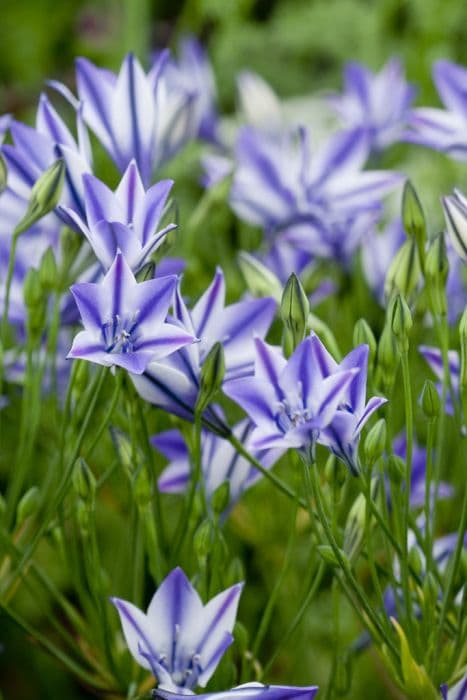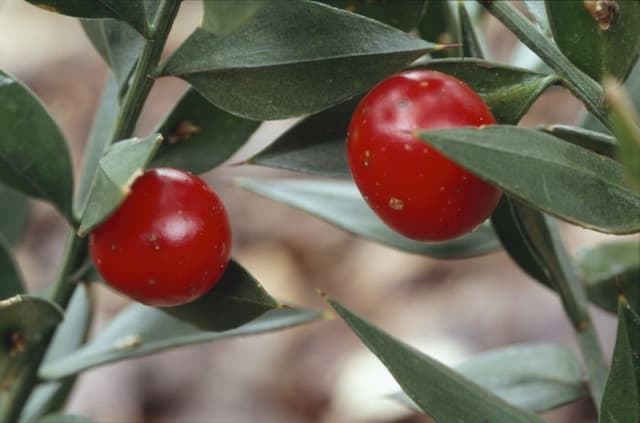Madagascar dragon tree Dracaena marginata



ABOUT
Dracaena marginata is an attractive plant with green sword-shaped leaves with a red border up to 16 feet high in natural habitat.
Dragon plant has spectacular thin, tapered leaves that give the dracaena a spiky appearance. The long leaves mostly grow straight, with only the longest of them curving in an arc. This species of Dragon tree has a thin upright stem that branches off into individual upward growing stems.
The lower leaves gradually fall off, exposing the thin trunk. Dragon tree looks good and has excellent ornamental properties.
Some people confuse 2 species of dracaenas: Dracaena marginata and Dracaena draco. The main difference between the two is inside their leaves. Marginata has no red resin, while Draco has red resin (known as 'dragon's blood'), which flows out if you cut the leaves.
About this plant
 Names
NamesFamily
Asparagaceae
Synonyms
Dragon plant, Song of India, Song of Jamaica
Common names
Dracaena reflexa, Lomatophyllum reflexum, Cordyline reflexa, Draco reflexa, Pleomele reflexa, Dracaena reflexa var. angustifolia
 Toxicity
ToxicityTo humans
In fact, Dragon plant can be classified as poisonous, even if slightly poisonous. It contains so-called saponins in all parts of the plant. These plant substances are harmless, but in this concentration present in Dragon plant, consumption can have health consequences.
The consequences can be nausea and vomiting, to the decomposition of vital red blood cells.
But it can happen only if you ingest Dragon plant in really large quantities, which is unlikely. Therefore, keep the plant out of the reach of children.To pets
According to ASPCA, Dragon plant is on the list of poisonous plants for dogs, cats and horses.
All parts of the plant contain so-called saponins, which are harmful to animals.
Symptoms of poisoning in pets may include vomiting, sometimes with blood, depression, anorexia, hyper-salivation, dilated pupils (cats only).
 Characteristics
CharacteristicsLife cycle
Perennials
Foliage type
Evergreen
Color of leaves
Green with red borders
Flower color
White
Height
Up to 16 feet
Spread
Up to 8 feet
Plant type
Shrub
Hardiness zones
8
Native area
Madagascar
Benefits
 General Benefits
General BenefitsThe fruit of the Drkona tree is food for the Black-and-white ruffed lemur;
A great indoor plant that clears the air;
Increases air humidity;
A very ornamental plant;
Does not need much care;
Dracaena is an excellent absorber of lead. Medical Properties
Medical PropertiesIn traditional medicine of Madagascar, Dracaena marginata is used to treat malaria, poisoning and fever.
But, this plant is considered to be poisonous, so it is not recommended to use it for treatment without consulting your doctor. Air-purifying Qualities
Air-purifying QualitiesDracaena marginata removes VOCs and toxic gasses. Also, it can reduce indoor air pollutants such as formaldehyde, benzene, trichloroethylene and carbon dioxide.
 Other Uses
Other Uses- Dracaena marginata branches can be used in the practice of ikebana, the Japanese art of flower arrangement, providing a striking vertical element.
- The flexible, sturdy stems of the Dracaena marginata can be crafted into small, decorative walking sticks or cane handles.
- In creative photography, the dramatic silhouette and striking leaves of the Dracaena marginata can be used as a compelling subject or backdrop.
- The plant can be used in educational settings to teach principles of pruning and plant care, due to its resilience and responsiveness to trimming.
- Leaves from the Dracaena marginata can be used in art projects, such as leaf printing or stamping, to create unique patterns and designs.
- The plant's ability to grow under artificial light makes it suitable for use in interior design projects in low natural light environments like malls and offices.
- As a natural privacy screen, taller specimens can be placed in strategic locations in homes or offices to create secluded areas or block unsightly views.
- Dracaena marginata can be used in themed gardens or displays that simulate tropical or exotic environments, adding to the visual diversity of the setting.
- For hobbyists interested in plant propagation, the Dracaena marginata provides an easy-to-root species for experiments in water or soil propagation techniques.
- In classrooms or as a home school project, the Dracaena marginata can serve as a living example to discuss plant biology, including photosynthesis and the water cycle.
Interesting Facts
 Feng Shui
Feng ShuiBecause of the plant’s ability to reach a considerable height without going overboard, it is a very suitable plant to place on corners and blades in the house to counter Sha Chi.
 Zodiac Sign Compitability
Zodiac Sign CompitabilitySCORPIO
Scorpios are often misunderstood because of their passionate, direct and overbearing nature. However, Scorpios are also ambitious, empathetic and committed to their relationships.
Dracenas are Scorpios in plant form. They will tell you exactly what they want with the change in color of their leaves, and Scorpios will love their directness. Plant Symbolism
Plant SymbolismThis plant brings good luck: it symbolizes perseverance and knowledge of one's inner world.
 Water
WaterDragon plant does not require frequent and abundant watering because it is a drought-tolerant plant.
Ideally, the plant is watered so that the top third of the substrate dries out.
In summer watering should be abundant (no more than 2 times a week).
In winter, they are reduced depending on the air temperature. Usually about once every 2 weeks. Light
LightIt is undemanding to light, but both too bright and too little light can cause the leaves to lose their color.
The eastern or western parts of the room are best.
It also requires turning to a light source so that the Madagascar dragon tree does not lose its shape. Temperature
TemperatureThe most suitable air temperature is 65 - 70 °F. The plant is not afraid of heat and can survive even at 100 °F. But it is very sensitive to draughts, sharp changes.
In winter, you can arrange a dormant period for the tree by putting it in a cool place with a temperature of about 59 °F. Pruning
PruningShaping indoor Madagascar dragon tree is a must in order for it to bloom and have decorative appeal. It is best to do in the beginning of spring. This is also important to stimulate the growth of lateral shoots. Pruning is done with a sharp instrument (for example, a knife), cutting off the top of the shoot, which can then be rooted. The height of the trunk is chosen according to the desired size of the plant. Usually if the trunk is bare by 1 foot, the top is cut off, leaving 4-5 leaves.
 Cleaning
CleaningOnce a week
 Soil
SoilLeaf, sod soil, compost and peat in the proportion 2:1:1:0.5.
Since Dracenae are not picky about soil, ready-made soil "For Dracenae" or "For Palms" is suitable.
The only important thing is that the acidity should be pH 6 - 6.5. Repotting
RepottingRepotting is carried out in spring, but only as needed - when the roots appear in the drainage holes. Dracaena fragrans is usually transplanted every 2-3 years, replacing only the top layer of soil.
Madagascar dragon tree needs high, but not wide pots. The size is increased by 1 inch with each repotting. Humidity & Misting
Humidity & MistingIt likes high humidity. Requires frequent misting. A humidifier, wet moss, or pebbles can also increase the humidity. Madagascar dragon tree also likes warm showers.
In summer the lant requires high humidity.
In winter, if the plant is at rest in a cooler room, spraying is not necessary. But if Madagascar dragon tree is in a warm room, keep the humidification regimen around the dracaena. Suitable locations
Suitable locationsIndoor
All year round
Outdoor
Madagascar dragon tree can be grown outdoors only in tropical climates. In temperate and continental conditions, the Dracaens is used as a compact ornamental plant.
Hardiness zone
9 - 12 USDA
 Life cycle
Life cycleMadagascar dragon tree blooms very rarely in indoor conditions. If it blooms, it forms handfuls of white flowers.
Flowering lasts about a month after which, if pollinated, red berries will set. From these berries seeds can be collected for propagation.
After flowering and fruiting, the shoot should be cut off, leaving about 1.5 inches of it. Propogation
PropogationPropogation time
Spring, summer
By CUTTINGS:
To propagate Madagascar dragon tree, cut off a portion of the stem about 8 inches long.
Place the cuttings in moist soil or water. It is best to take the cuttings when the plant is actively growing - spring or early summer. Use rooting hormone, if you have it, to speed up root development.
Keep the soil moist, or change the water at least once a week if you propagate hydroponically. You can propagate either tops, or rosettes, or stems without leaves. Rosettes have a better chance of surviving.
Keep the cuttings in bright light, but away from direct sunlight.
 Pests
PestsSpider mite, Thrips, Scale insects
 Diseases
DiseasesRoot Rot









